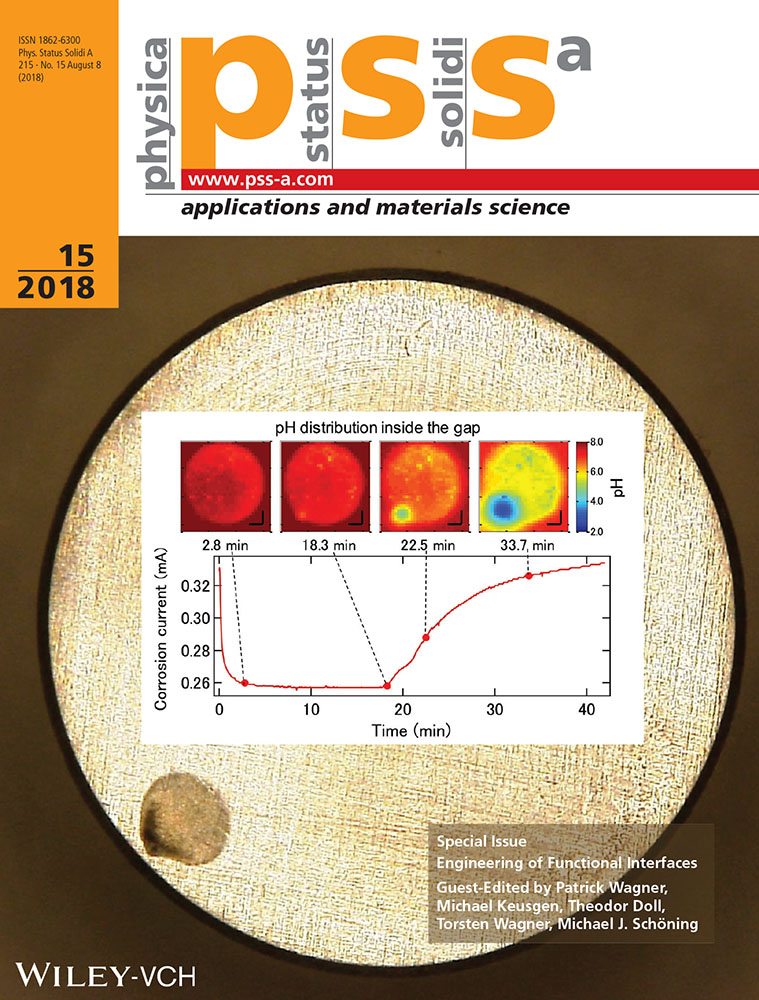Electrical Impedance Tomography With a Lab-on-Chip for Imaging Cells in Culture
Abstract
Electrical Impedance Tomography (EIT) is a non-invasive, non-ionizing, and inexpensive imaging modality that is used to image the conductivity distribution inside the subject under test. EIT is an emerging imaging technique that has the potential to be used in a variety of (bio)medical applications. A technology that is easy to integrate into a small portable device and also easy to setup. In this work a custom made impedance analyzer is used as a measurement device. The working principle is based on the different conductivity distributions of the material under test, this due to inhomogeneous bioelectrical properties. However there is one major downside of this technique, the reconstruction problem of EIT is severely ill-posed. This means that the definition of a correct model is essential. Because of this ill-posed condition, a comparison of different models is done. In this work, an in depth study is performed to achieve the most optimal way of solving the inverse problem, which leads to noise suppression and reproducible results. This technology, integrated in a lab-on-chip for monitoring cellular growth, is based on a spatial reconstructed imaging technique using electrical impedance tomography.
Conflict of Interest
The authors declare no conflict of interest.




